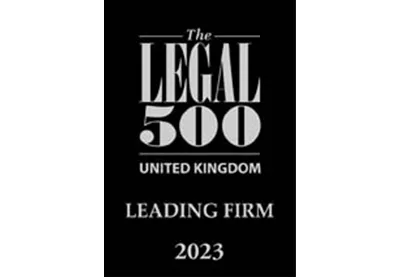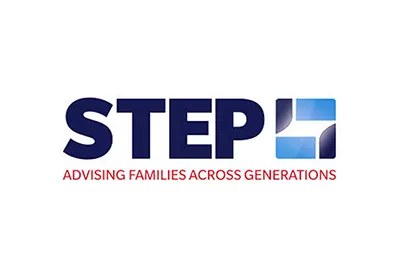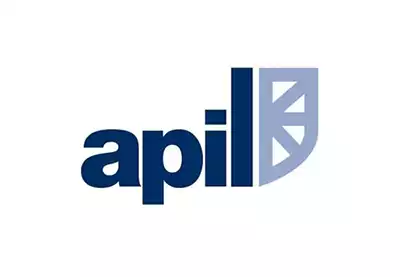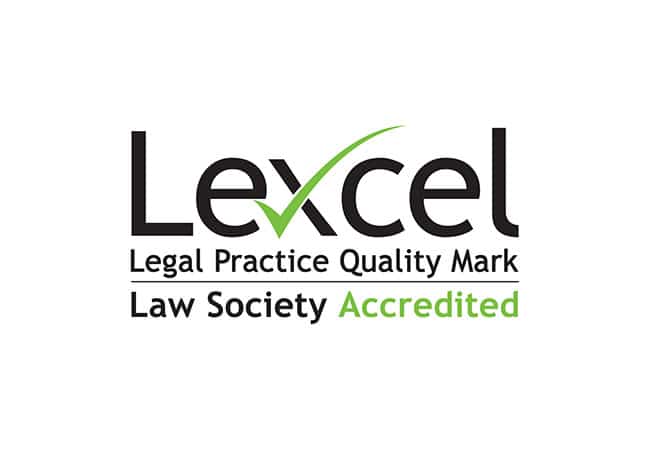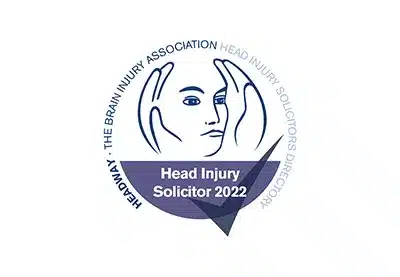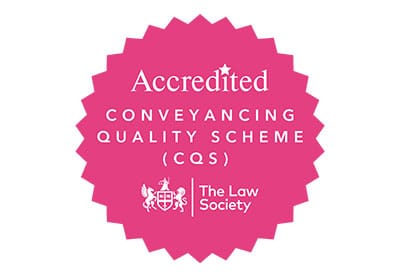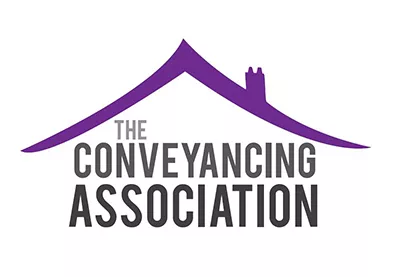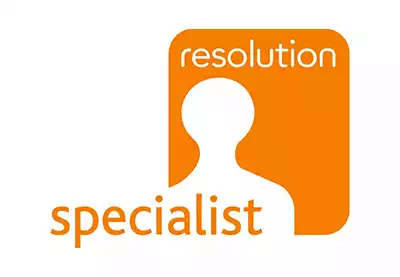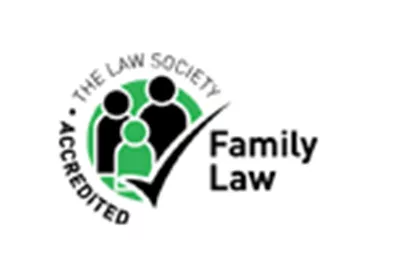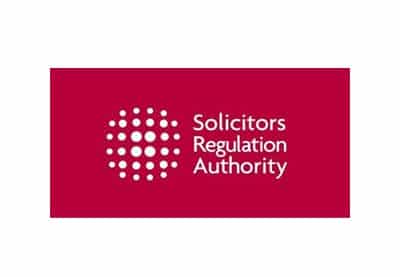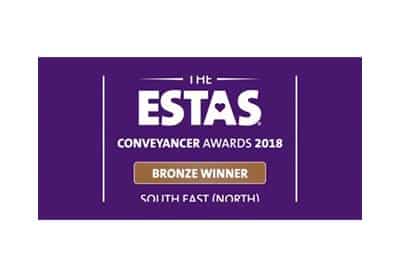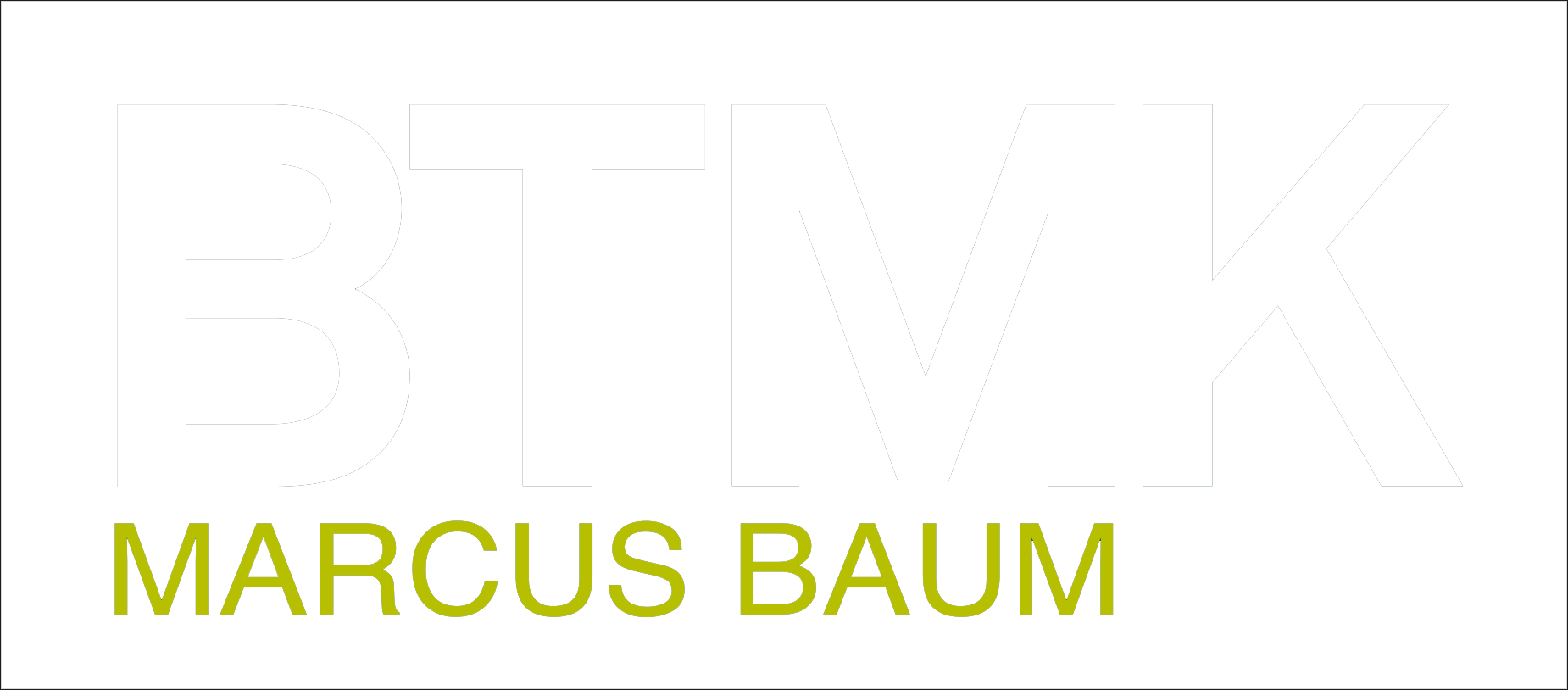Design Rights – What are they and how can you rely on them?
Just like Copyright in the UK, there exists a principle of automatic protection of designs, providing certain criteria are satisfied. To be protected by design right, a design must:
- Comprise the shape or configuration of the whole or part of an article
- Be original (not commonplace)
- Qualify for protection. This means either the designer must be a ‘qualifying person’ (an individual or body corporate formed in the UK)
- Be recorded in a design document or be the subject of an article made to the design
There are some exceptions to protection and design right will not subsist in: any method of construction; surface decoration; or feature of shape or configuration which enable the article to fit with another, or match with another. However, providing the above criteria are met, and it is not an automatically excepted article, then the owner of the design right has a maximum of 15 years’ worth of protection of that design. That means that the owner of the design right has the exclusive right to reproduce the design for commercial purposes, by making articles to that design or making a design document recording the design, to enable such articles to be made. Any other person that reproduces a design, by making articles copying the design exactly or substantially, without licence to do so, infringes those design rights. In those circumstances, the owner of the design right, is entitled to pursue the infringer and seek an injunction (an Order (usually) stopping the infringer from selling the infringing article(s)) damages, an account of profits and costs. Depending on the flagrancy of the infringement, the Court can also award additional, compensatory damages.
After 15 years (maximum) the exclusive rights to reproduce the design cease and the design is then commonplace in the market; the owner is unable to monopolise it. It is therefore important to act quickly in protecting design rights, if an infringement has occurred. Often, an application to the Court for an interim injunction (a temporary injunction applied for on an urgent basis to prevent injustice pending trial) is necessary in the event of an infringement.
However, owners of design rights should exercise caution before applying to Court to seek an injunction. In a recent interim injunction hearing in the matter of Leighton Vans Limited -v- David William Harris & All Seasons Leisure Limited [2022] EWHC 2386 (CH) the Judge critiqued the undertakings offered by the design right owner before the application was filed. In that matter, the design right owner had written to the infringer before applying to Court and had offered to accept undertakings from the infringer, that it would stop using ‘substantially similar designs’ in order to avoid proceedings at Court. The design right owner relied upon this at Court on the question of costs, and asked the Judge to make an interim injunction on those identical terms. Mr Justice Miles however disagreed that that wording ‘substantially similar designs’, was appropriate. Mr Justice Miles made clear that it is the Court’s role, when granting an injunction, to specify the acts which would constitute a breach of the Order, so that the Defendant knows specifically what they can and cannot do, pending trial. Mr Justice Miles was not prepared to “make a generally worded injunction in relation to goods being made to the claimant’s design or substantially to that design”. Design right owners must go to the Court with an expectation that the Court can only grant an injunction to stop an infringer from reproducing a design exactly or substantially. The Court cannot order that an infringer stop making a design which is ‘substantially similar’. That is not particular enough. The wording of the legislation makes clear that an infringing design is one which is made exactly or substantially, to the design of the original. Similarity alone is not sufficient. There must also be an element of copying, coincidence of design is not sufficient. Any design right owner would clearly be well advised to offer suitably wording, specific undertakings to an infringer, before applying to Court.
Written by: Gabriella Shepherd – 01702 238521 / [email protected]
Do not hesitate to get in touch for an initial, no obligation consultation to discuss any design right or other Intellectual Property queries.

